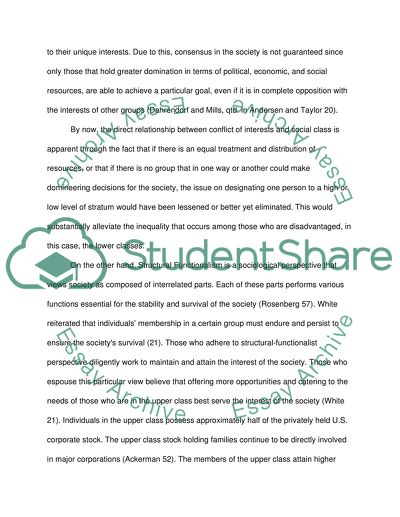Cite this document
(“Inequality in Relation to Social Class Term Paper”, n.d.)
Retrieved de https://studentshare.org/sociology/1392814-term-paper
Retrieved de https://studentshare.org/sociology/1392814-term-paper
(Inequality in Relation to Social Class Term Paper)
https://studentshare.org/sociology/1392814-term-paper.
https://studentshare.org/sociology/1392814-term-paper.
“Inequality in Relation to Social Class Term Paper”, n.d. https://studentshare.org/sociology/1392814-term-paper.


